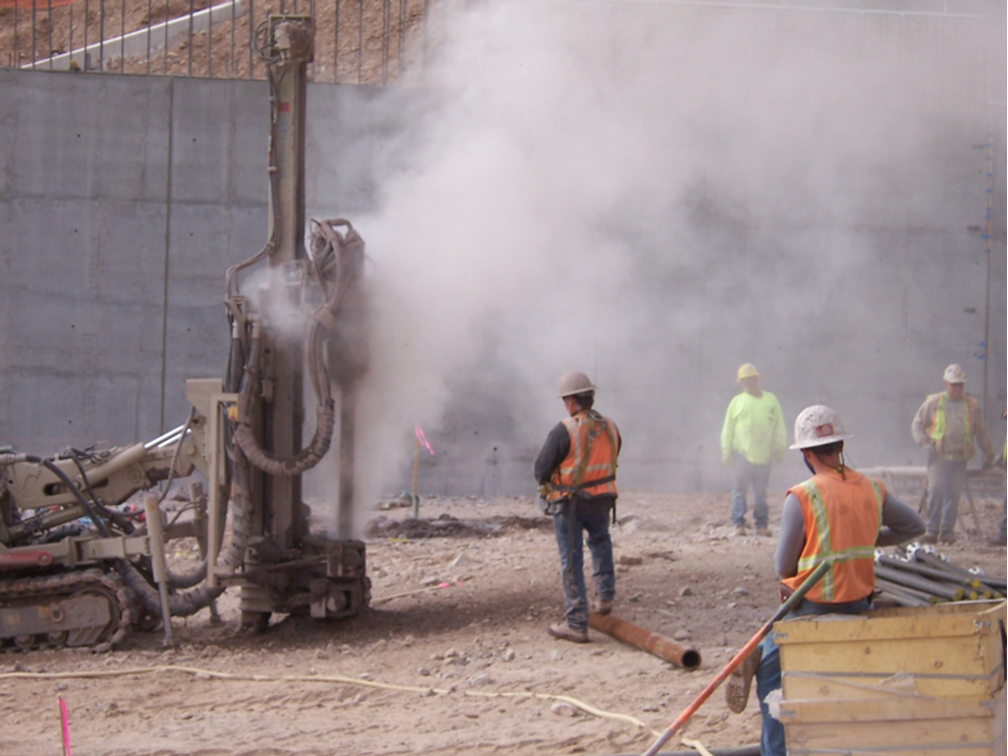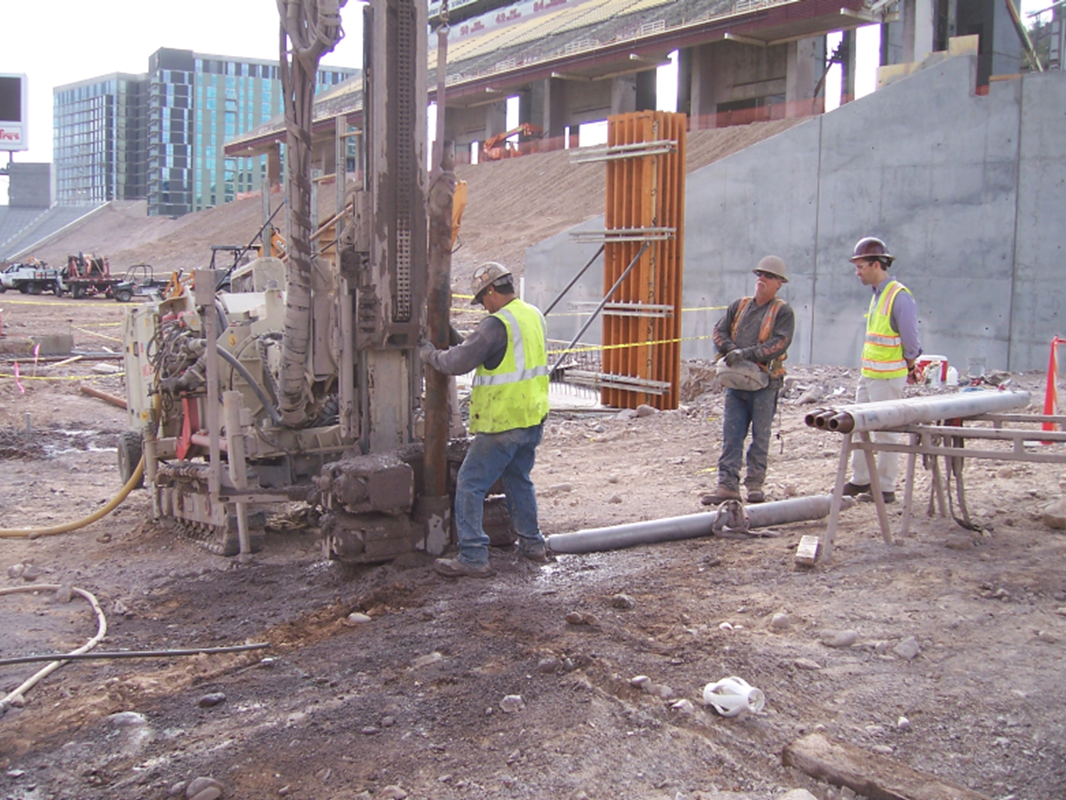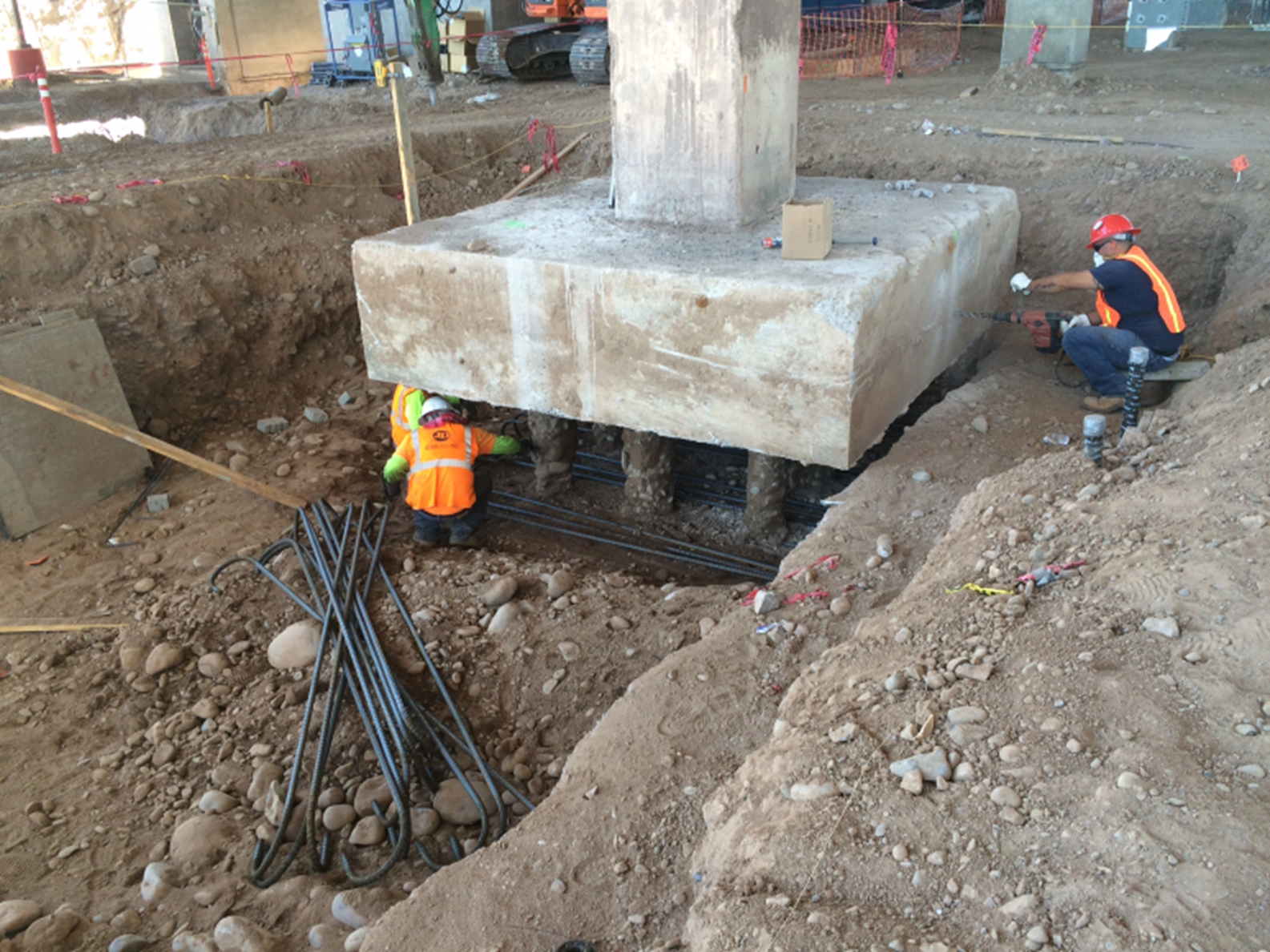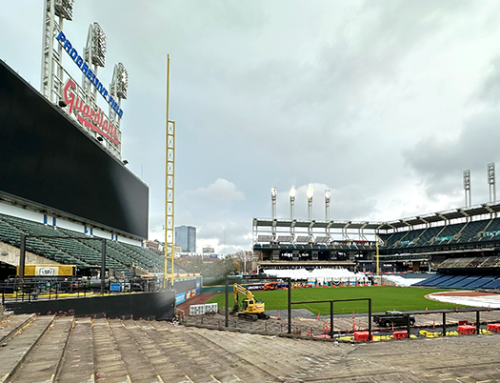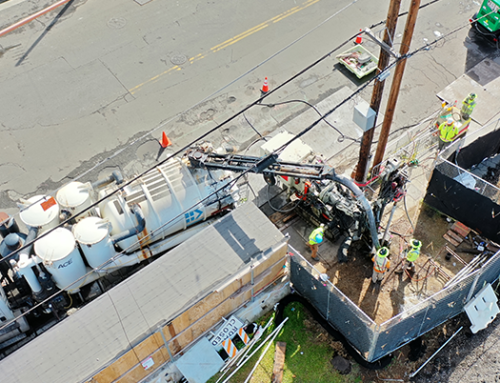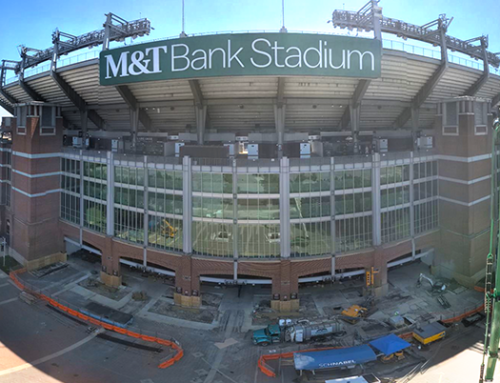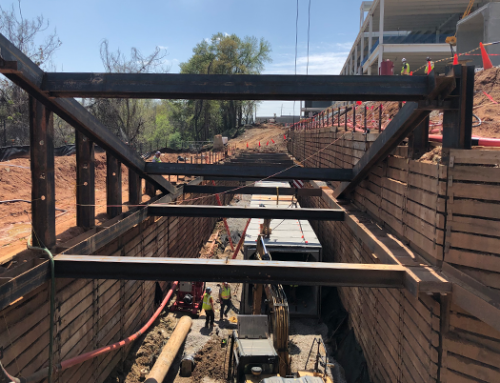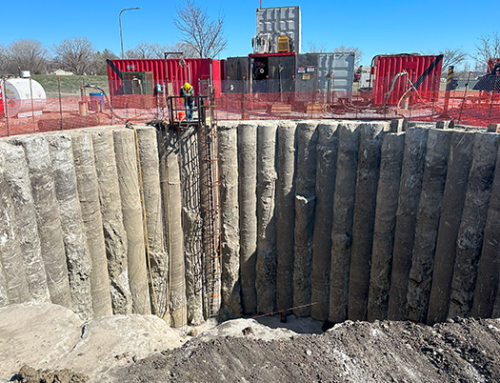ASU Sun Devil Stadium | Arizona
City: Tempe
State: Arizona
Owner: Arizona State University
General Contractor: Hunt & Sundt
BACKGROUND INFORMATION:
Schnabel’s Walnut Creek office, along with the help from the Denver office wrapped up the second phase of the Arizona State University (ASU) Sun Devil Stadium Renovation Project in Tempe, AZ. This project will facilitate the reconstruction of the stadium’s lower stadium bowl, the construction of new luxury suites, the rebuilding of the south end zone, and more. The scope of work consisted of the design and construction of over 200, 7-5/8” diameter micropiles and rock anchors with working capacities of up to 150 kips. The project was on an accelerated schedule that took just over nine weeks to complete and used two drill crews.
CHALLENGES:
As with similar projects of this type, the primary driving force for the General Contractor was a very tight schedule due to the fact that the entire phase of the renovation needed to be completed prior to the start of football season in September. As you can see in the picture below, this was no small task. Schnabel’s field worked 10 to 12 hour shifts, 6 days per week to complete the work. The Foreman began the project with a set of preconstruction tension and compression pile load tests, then moved into production work on the west stadium grandstands. The driller mobilized the second crew to the site after three weeks of production work and began working on the north end zone foundations. The work was a combination of both retrofitting existing footings and groups of micropiles for new footings.
RETROFITTING WORK:
The retrofitting work consisted of coring 10-inch diameter holes through existing footings to install the new micropiles. A shearing detail on the permanent casing provided the connection for these existing footings. Some of these locations required the General Contractor to deepen the existing footing where the micropiles served double duty as underpinning elements.
DRILLING:
The drilling was performed using 7-5/8” diameter casing with j-teeth and a down-hole-hammer through 35 feet of undocumented fill consisting of sands, gravel, cobbles, boulders, and miscellaneous debris. Once bedrock was reached, the rock socket was advanced to create the bond zone for the micropiles. Working closely with the whole staff at Schnabel Equipment in Sacramento, the newest drill in the fleet, a Comacchio MC-8D, was given its field trials and performed wonderfully. The drill was able to work in both standard and low overhead conditions of just over 9.5 feet of clearance. The second crew used a double-head Hutte 605 for the unrestricted overhead access work.
CONCLUSION:
The Arizona State University Sun Devil Stadium Renovation Project was finished ahead of schedule and without any accidents to staff or equipment. Congratulations to the crew involved in this project: Birl Yarbrough, Nick Castaneda, Mike Janzeski, Kenny Hough, Martin Barron, David Sanchez, Jesus Meza, Abraham Torres, and Roberto “Cuba” Rodriguez-Gonzales.

